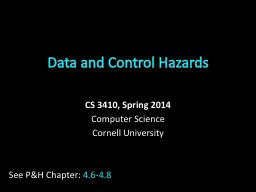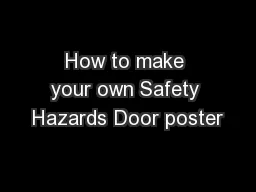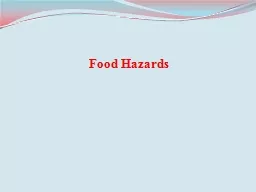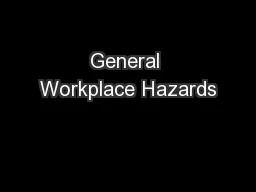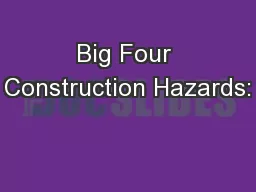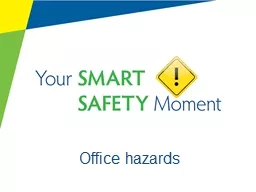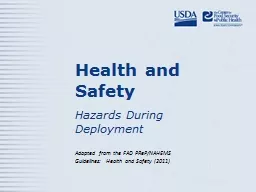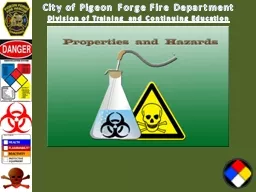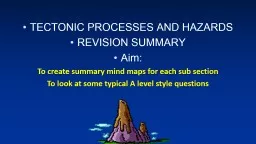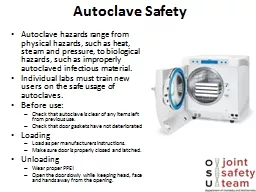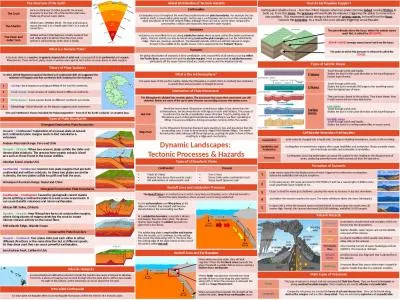PPT-Data and Control Hazards
Author : pasty-toler | Published Date : 2016-09-13
CS 3410 Spring 2014 Computer Science Cornell University See PampH Chapter 4648 Announcements Prelim next week Tuesday at 730 Upson B17 ae Olin 255fm Philips
Presentation Embed Code
Download Presentation
Download Presentation The PPT/PDF document "Data and Control Hazards" is the property of its rightful owner. Permission is granted to download and print the materials on this website for personal, non-commercial use only, and to display it on your personal computer provided you do not modify the materials and that you retain all copyright notices contained in the materials. By downloading content from our website, you accept the terms of this agreement.
Data and Control Hazards: Transcript
Download Rules Of Document
"Data and Control Hazards"The content belongs to its owner. You may download and print it for personal use, without modification, and keep all copyright notices. By downloading, you agree to these terms.
Related Documents

